a. An armatic compound (A)(C7H8O) on reaction with Br2+H2O gives a white ppt. of compound (B)(C7H5Obr3). Compound (C), an isomer of (A) also gives the same reaction and gives a white ppt. of compound (D)(C7H5OBr3). Compound (C) is insoluble in NaOH. identify (A),(B),(C) and (D).
b. I. Starting from C6H6 and C6H5OH, synthesise phenyl 1−2,4− dinitrophenyl ether (B).
II. Could we have first prepared and then nitrated Ph2O ?
c. 4− Chlorobutanol ᶱOH−−−−−→(A)→(B)+Cl
d. HOCH2−CH2−CH2OHConc.H2SO4−−−−−−−−−−→160−170∘C
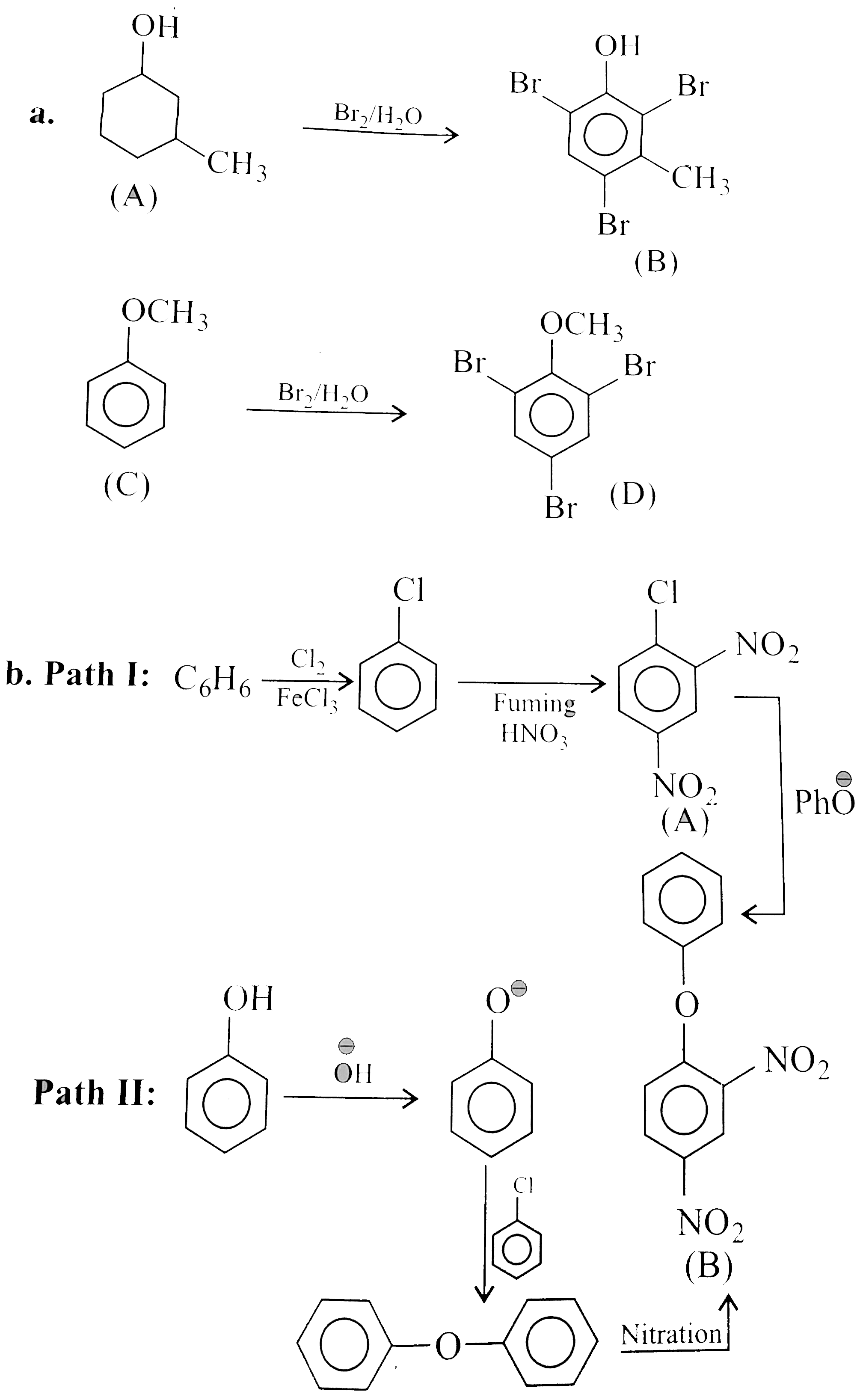
The Cl undergoes aromic mucleophilic displacement because it is activated by two (−NO2) groups.
II. The ring with first nitro group is deactivated so that the second nitro group enters the other ring. The product is

c. This is an example of intramolecular Williamson's reaction.
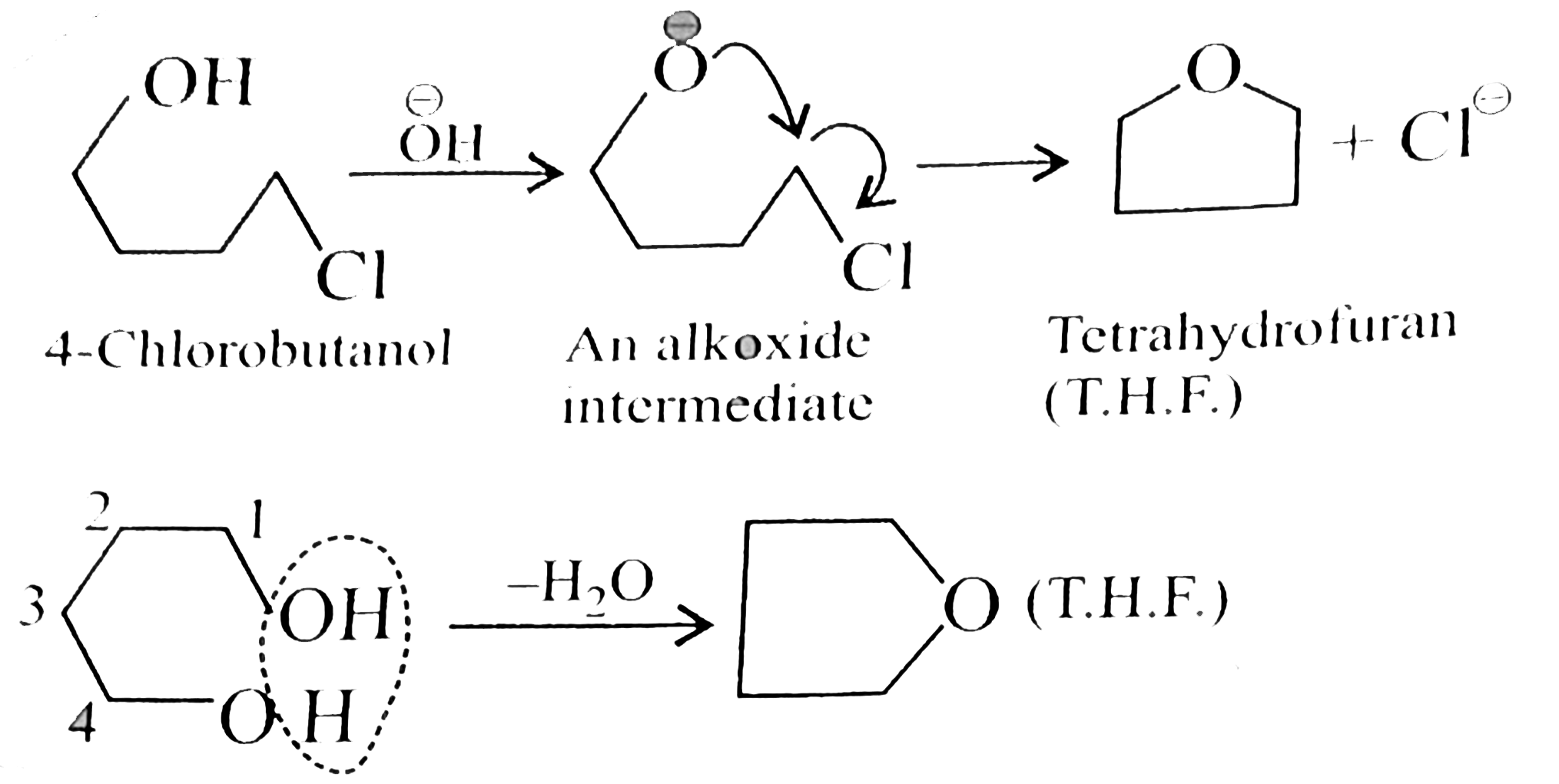
Topper's Solved these Questions
- AROMATIC COMPOUNDS AND ALKYL AND ARYL HALIDES BOOK - CENGAGE CHEMISTRY ENGLISHCHAPTER - AROMATIC COMPOUNDS AND ALKYL AND ARYL HALIDES EXERCISE - Solved Examples
21 Videos
- AROMATIC COMPOUNDS AND ALKYL AND ARYL HALIDES BOOK - CENGAGE CHEMISTRY ENGLISHCHAPTER - AROMATIC COMPOUNDS AND ALKYL AND ARYL HALIDES EXERCISE - Solved Problems
37 Videos
- APPENDIX INORGANIC VOLUME 2BOOK - CENGAGE CHEMISTRY ENGLISHCHAPTER - APPENDIX INORGANIC VOLUME 2EXERCISE - Short Answer Type
179 Videos
- BIOMOLECULESBOOK - CENGAGE CHEMISTRY ENGLISHCHAPTER - BIOMOLECULESEXERCISE - Exercises Archives (Analytical And Descriptive)
8 Videos
Similar Questions
Knowledge Check
The compound X(C3H6O) on oxidation gives a compound Y(C3H6O2) . The compound Y is
Apropanoic acidBbutyric acidCacetic acidDpropenoic acidAn organic compound (A), C2H5NO2 gives on reduction another compound (B) C2H7N. The reaction of nitrous acid on (B) evolves nitrogen and gives another compound (C) C2H6O. The compound (C) on oxidation gives acetic acid. The compounds A, B, C are
ANitroethane, Ethylamine, Ethyl alcoholBNitroethane, Dimethylamine, Ethyl alcoholCNitroethane, Dimethylamine, AcetoneDNoneCompound (A) C8H6O2 on treatment with aq. NaOH followed by acidification gives (B) C8H8O3 which on oxidation gives benzoice acid only :
A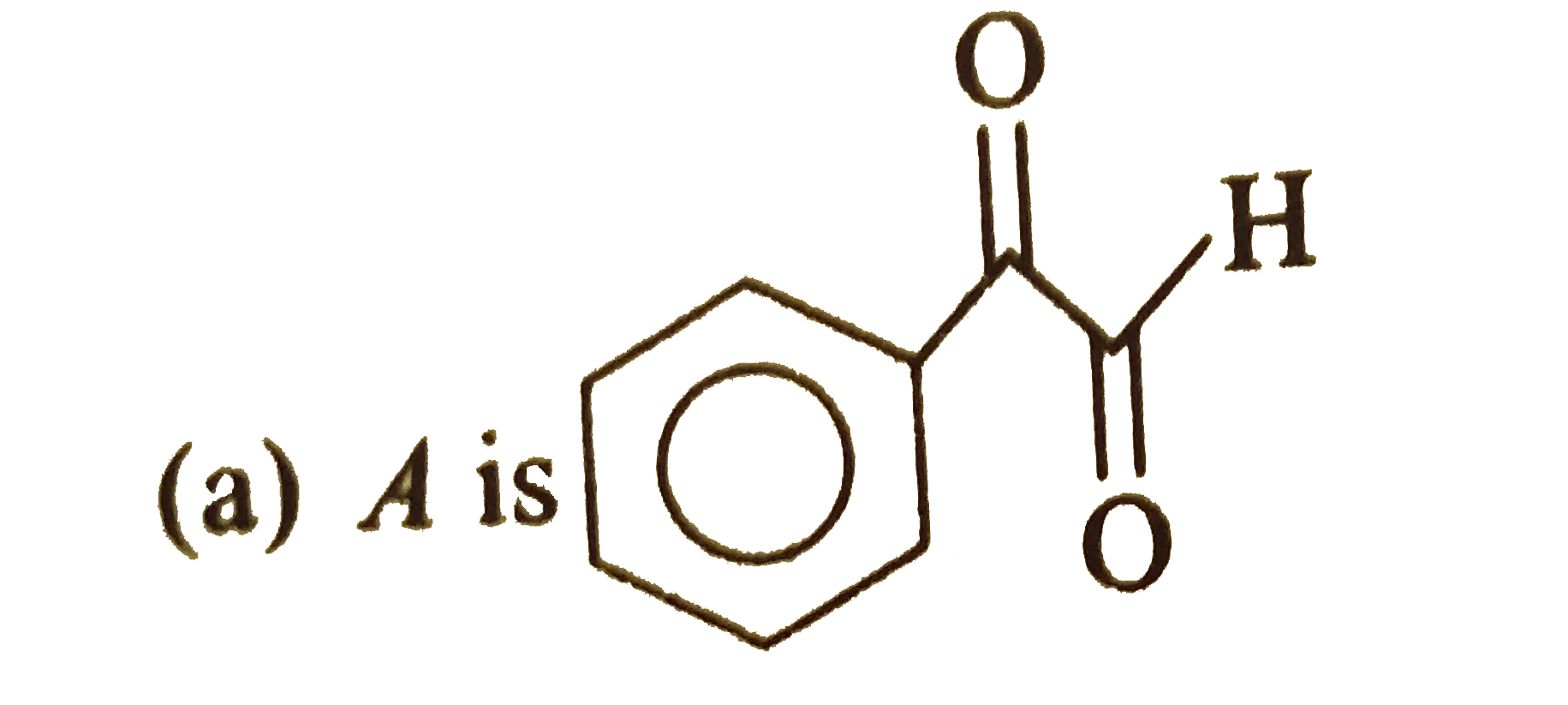 B
B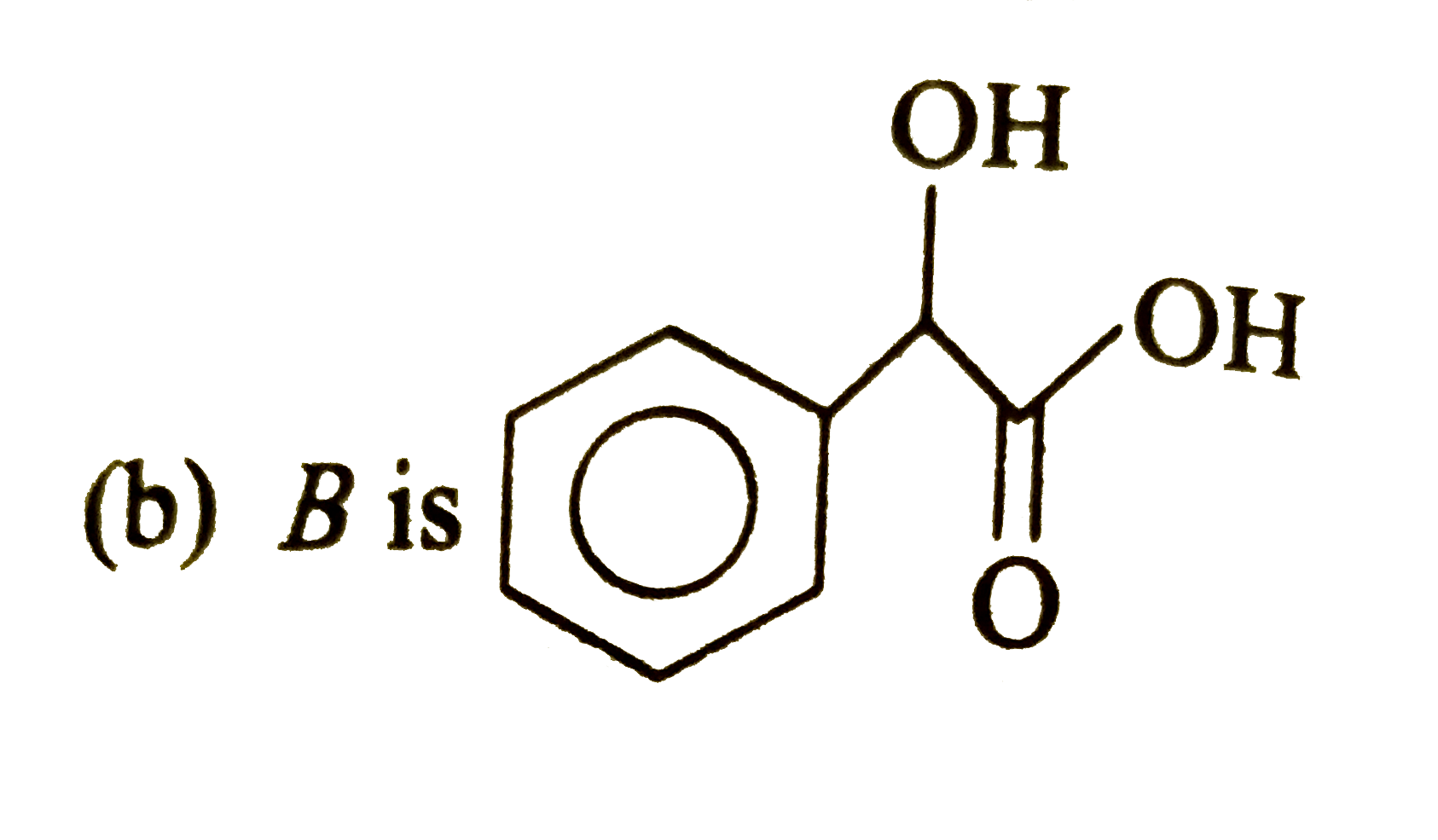 C
C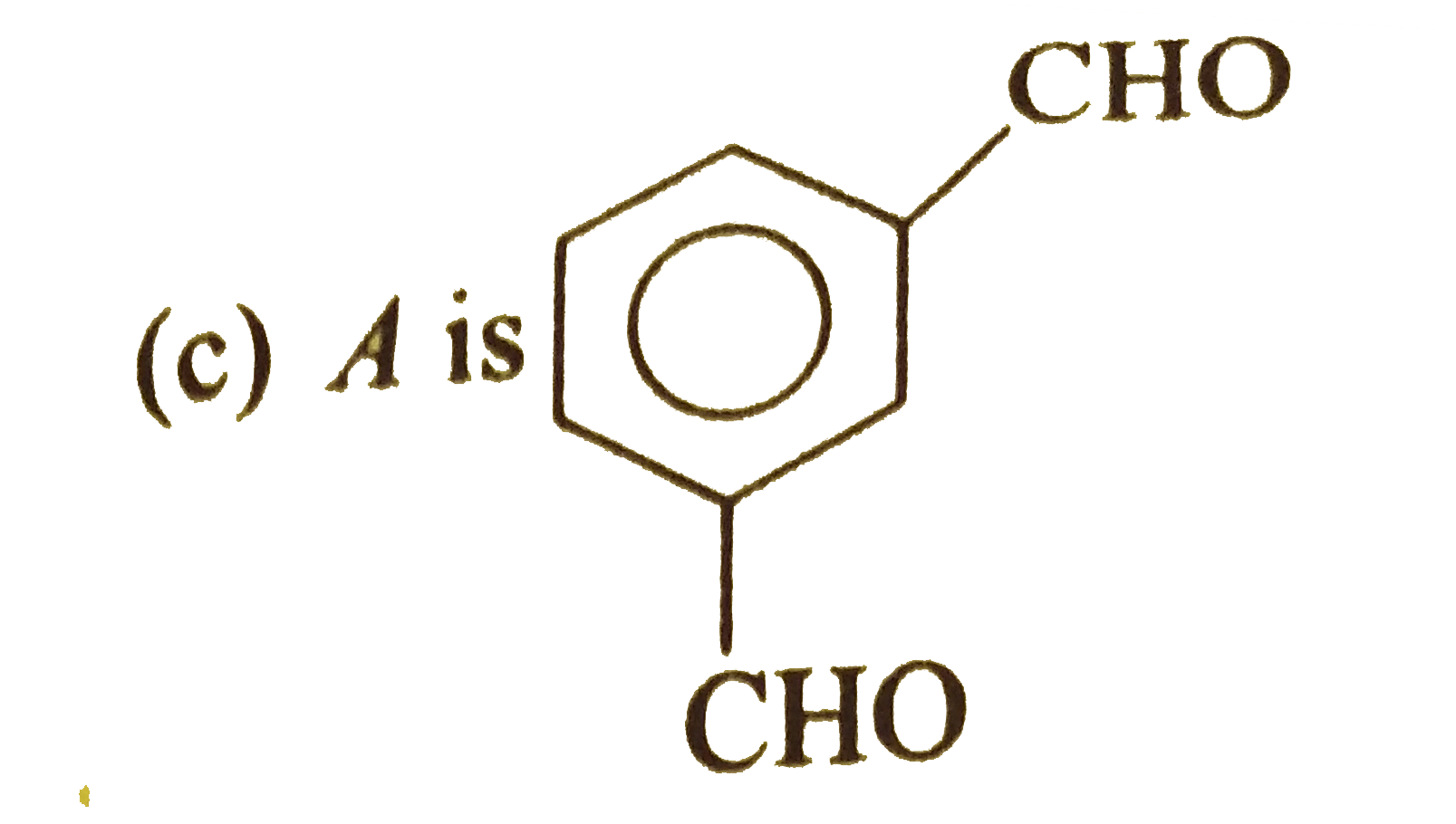 D
D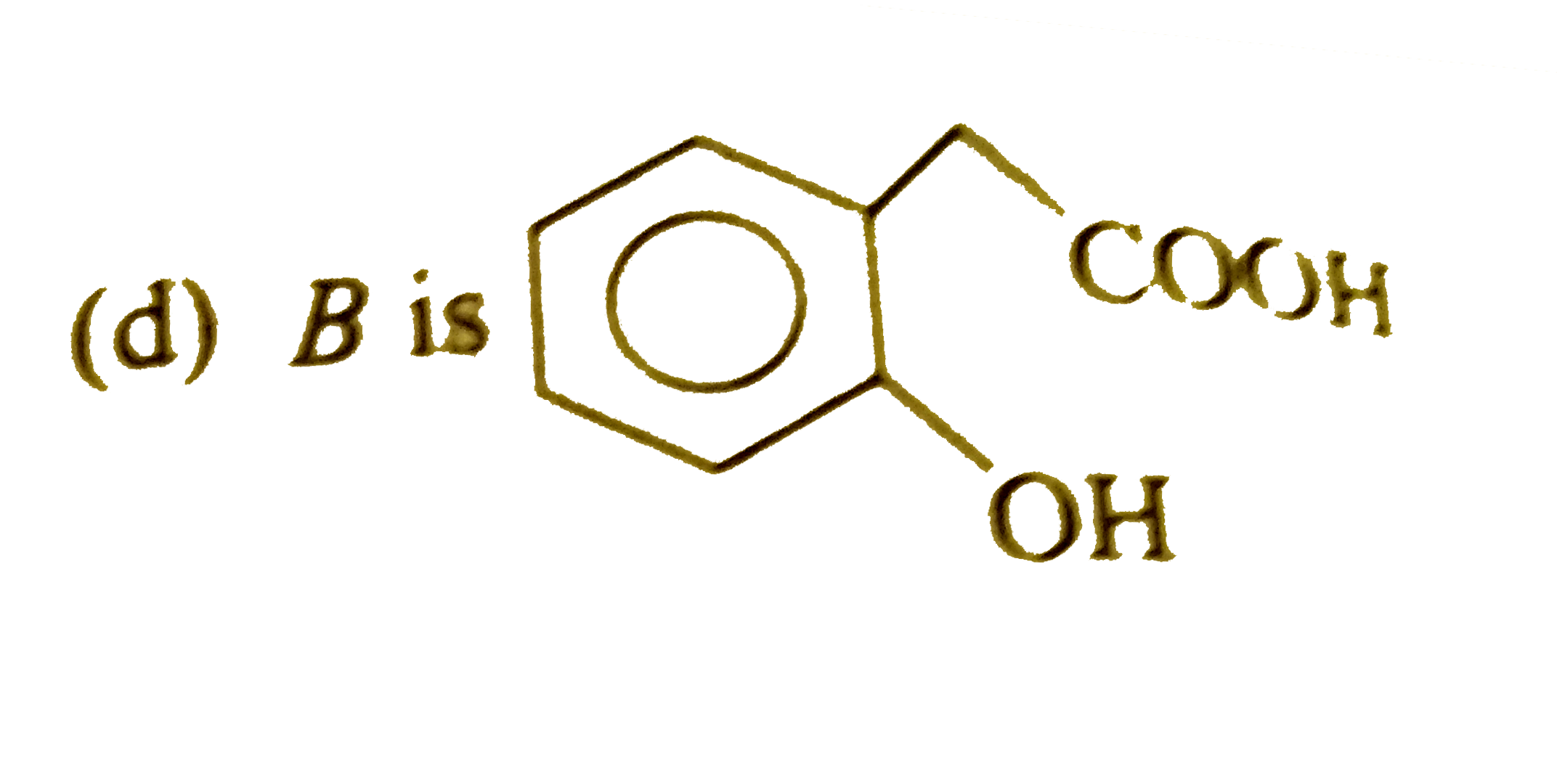
An organic compound (A),C8H4O3 in dry benzene in the presene of anhydorus AlCl3 gives compound (B). Compound (B) on treatment with PCl5 followed by reaction with H2/Pd(BaSO4) gives compound (C) which on reaction with hydrazine gives a cyclised compound (D),(C14H10N2) Idenyify (A),(B),(C) and (D). Explain the formation of (D) from (C).
View SolutionAn organic compound (A),C8H4O3 in dry benzene in the presene of anhydorus AlCl3 gives compound (B). Compound (B) on treatment with PCl5 followed by reaction with H2/Pd(BaSO4) gives compound (C) which on reaction with hydrazine gives a cyclised compound (D),(C14H10N2) Idenyify (A),(B),(C) and (D). Explain the formation of (D) from (C).
View SolutionAn organic compound (A) C8H4O3 in dry benzene in the presence of anhydrous AlCl3 gives compound (B), the compound (B) on treatment with PCl5 followed by reaction with H2/Pd(BaSO4) gives compound ( C ) which on reaction with hdyrazine gives a cyclized compound (D) C14H10N2. Identify (A), (B), ( C ), and (D). Explain the formation of (D) from ( C ).
View SolutionAn organic compound (A),C8H4O3 in dry benzene in the presence of anhydrous AlCl3 gives ,compound (B). The compound (B) on treatement with PCl5 followed by reaction with H2/Pd−BaSO4 gives compound C, which on reaction with hydrazine gives a cyclised compound (D) of formula C14H10N2. Identify (A),(B),(C ) and (D). Explain the formation of (D) and (C ).
View SolutionAn organic compound (A) C8H4O3 , in dry bebzene in the presence of anhydrous AlCl3 gives compound (B ). The compound (B) on treatment with PCl5 followed by reaction with H2/Pd(BaSo4) gives compound (C ) which on reaction with hydrazine gives a cyclide compound (D) (C14H10N2). Identify (A), (B) (C ), and (D) Explain the formation of (D ) from (C ).
View Solution
